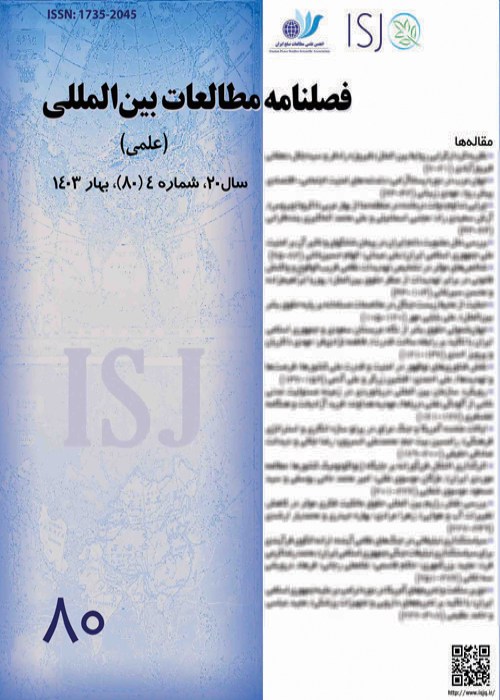Protection of Cultural Rights under the Indian Constitution: An Analysis
Author(s):
Abstract:
India is a land of myriad ethnic, religious, caste and linguistic minorities affiliated to distinct belief systems, sub-cultures and regions. If one goes in deep down in understanding diverse aspects of Indian cultural and social ethos, one realizes that the Indian society comprises of an extremely differentiated structure with a huge diversity in its cultural ethos. Integration of these diverse communities, some large enough to aspire to a regional homeland and others content to remain as part of the Indian state has been a central preoccupation of Indian governments since 1947.India’s Constitution was drafted during Partition, which had a profound effect on the Constitutional provisions dealing with minorities. The preamble to the Indian Constitution says that India is a secular state. Right to freedom of religion is guaranteed under fundamental rights and Indians of all religious persuasions have the freedom to profess, practice and propagate their religion. India's freedom movement provides insights into how the main pillars of the Indian Constitution - democracy, secularism, social justice and fundamental rights were forged over a period of time.The Constitution also recognises the need for affirmative action provisions for socially and educationally disadvantaged groups is also significant. The Directive Principle of State Policy in Article 49 obligates the State to protect every monument or place or object of artistic or historic interest from spoliation, disfigurement, destruction, removal, disposal and export. It is a unique scheme of the Constitution that in addition to a detailed set of rules on fair State-religion relationship, egalitarian approach towards all religions is embedded in it as citizen’s duty (Article 51-A (e) and (f).The challenges in the protection of cultural rights arises when Equality as a guaranteed right is applied to different cultural groups. India adopted the scheme of non-discrimination, minority rights, reservation and affirmative action with varying degrees of success. Despite the several efforts by the government to improve the condition of the minority, constitutional guaranteed rights, different institution and commission established to monitor, failed. Minority faces discrimination, violence and atrocities. It has created a lot of tensions including communal conflicts and security challenges taking governance difficult. The article will explore to what an extent the institutional mechanism established under the Constitution and various other statutes protect the minorities ‘identity’, recognizing their distinctive character while managing diversity?
Keywords:
Culture , Diversity , Human Rights , India , Constitution
Language:
Persian
Published:
International Studies Journal, Volume:9 Issue: 4, 2013
Page:
1
magiran.com/p1112935
دانلود و مطالعه متن این مقاله با یکی از روشهای زیر امکان پذیر است:
اشتراک شخصی
با عضویت و پرداخت آنلاین حق اشتراک یکساله به مبلغ 1,390,000ريال میتوانید 70 عنوان مطلب دانلود کنید!
اشتراک سازمانی
به کتابخانه دانشگاه یا محل کار خود پیشنهاد کنید تا اشتراک سازمانی این پایگاه را برای دسترسی نامحدود همه کاربران به متن مطالب تهیه نمایند!
توجه!
- حق عضویت دریافتی صرف حمایت از نشریات عضو و نگهداری، تکمیل و توسعه مگیران میشود.
- پرداخت حق اشتراک و دانلود مقالات اجازه بازنشر آن در سایر رسانههای چاپی و دیجیتال را به کاربر نمیدهد.
In order to view content subscription is required
Personal subscription
Subscribe magiran.com for 70 € euros via PayPal and download 70 articles during a year.
Organization subscription
Please contact us to subscribe your university or library for unlimited access!


